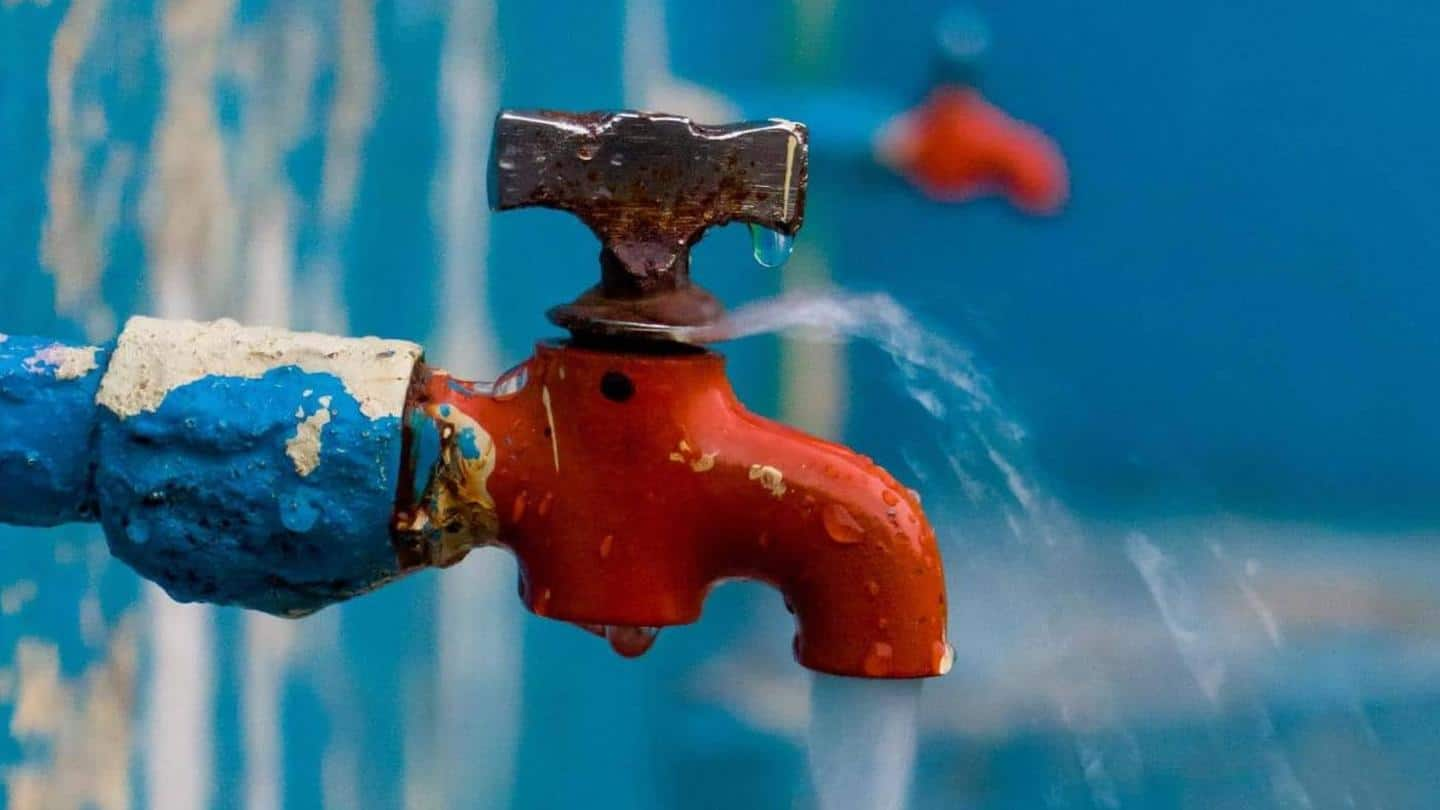
'Nal se Jal' scheme gets budgetary boost. What is it?
What's the story
The Indian government has allocated Rs. 60,000 crore to the "Har Ghar Nal se Jal" scheme for the financial year 2022-2023, Finance Minister Nirmala Sitharaman said while presenting the annual budget in Parliament. The significant allocation highlights that providing potable water to households remains a top priority of Prime Minister Narendra Modi's government. Here's what you need to know about the scheme.
Scheme
Scheme launched in 2019
The Jal Jeevan Mission, which is implementing the Nal se Jal scheme, was launched in 2019. It is aimed at providing tap water supply to all rural households and public institutions located in villages such as schools, anganwadi centers, health centers, panchayat buildings, etc. At the time of launch, an estimated 3.23 crore (17%) households were reported to have tap water connections.
Information
Scheme outlay is Rs. 3.60 lakh crore
The central government is implementing the scheme in partnership with state governments. It is aiming to complete full coverage in all states by 2024. The estimated outlay of the program is Rs. 3.60 lakh crore, of which the government's contribution is Rs. 2.08 lakh crore.
Coverage
8.7 crore households covered so far
On Tuesday, Sitharaman said in her speech that 8.7 crore households (nearly 45%) have so far been covered under the scheme. Of them, 5.5 crore households were covered in the past two years, the finance minister informed. In the coming financial year, the government expects to provide potable water to another 3.8 crore households under the scheme.
States
Several states attain 100% coverage
Several states and union territories have already achieved 100% coverage of tap water connections under the scheme. These include Goa, Telangana, AnDaman & Nicobar Islands, Puducherry, Dadra and Nagar Haveli, Daman and Diu, and Haryana. Besides households, the provision of tap water supply has also been made in 8.33 lakh (81%) schools and 8.75 lakh (78.3%) anganwadi centers, as per government data.
States
Much disparity among states
However, there remains a disparity among states and UTs. For instance, in Uttar Pradesh, just above 13% of rural households have been provided tap water connections. This means a larger chunk of the population in India's most populous state still relies on handpumps and other private means of water supply. States like Rajasthan and West Bengal have also seen low coverage.
Quote
'60,000 new tap water connections a day'
"The Centre has told us that there is no dearth of funds for a high priority scheme like Nal Se Jal," said Vini Mahajan, secretary in the Department of Drinking Water and Sanitation. "We are now providing around 60,000 new tap water connections a day. Our target is to ramp it up to one lakh new connections a day," she told ThePrint.